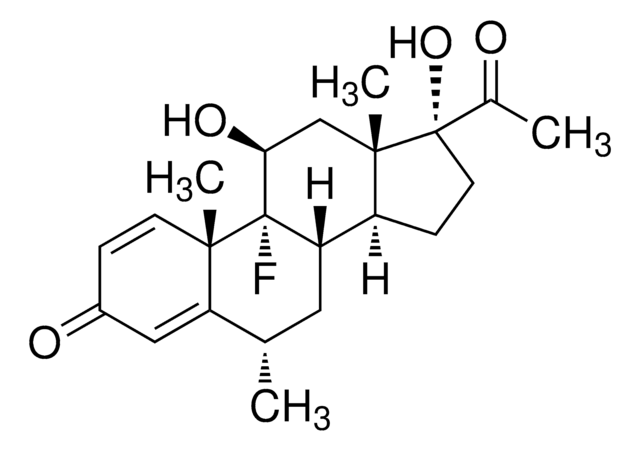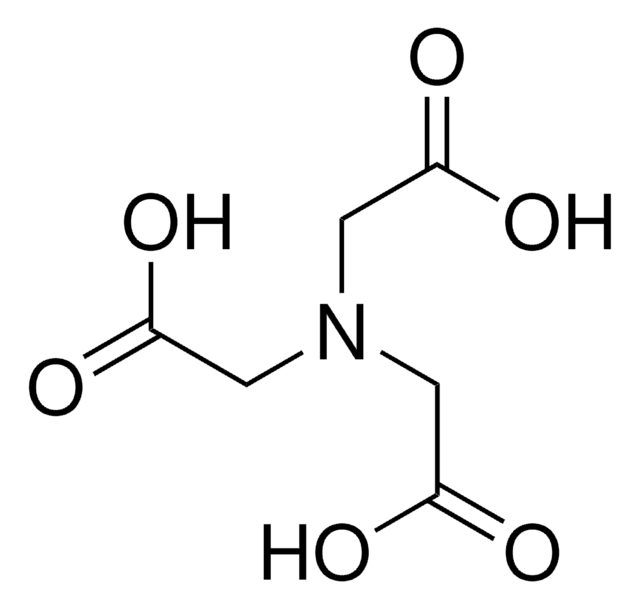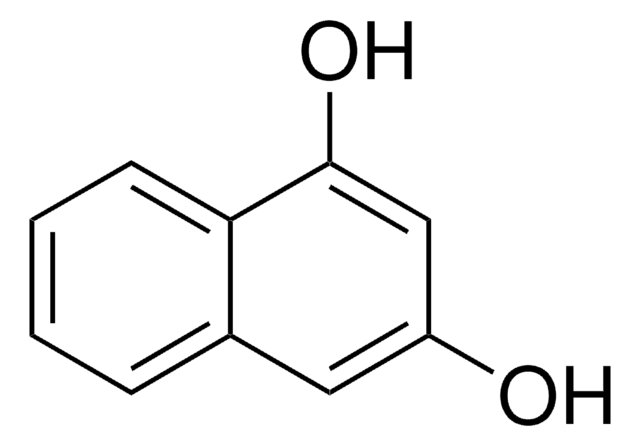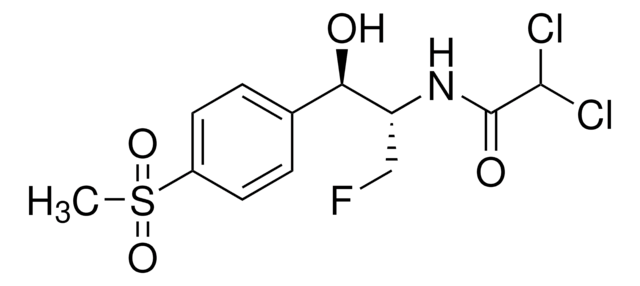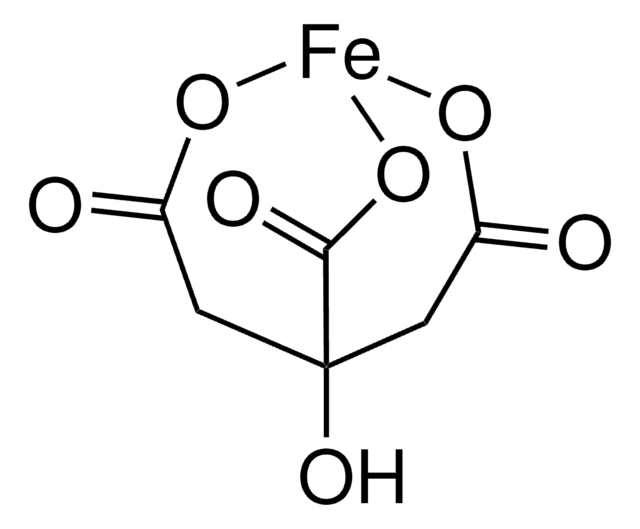F9381
Fluorometholone
≥98%
Synonym(s):
11β,17α-Dihydroxy-9-fluoro-6-methyl-1,4-pregnadiene-3,20-dione
About This Item
Recommended Products
Quality Level
Assay
≥98%
SMILES string
C[C@H]1C[C@H]2[C@@H]3CC[C@](O)(C(C)=O)[C@@]3(C)C[C@H](O)[C@]2(F)[C@@]4(C)C=CC(=O)C=C14
InChI
1S/C22H29FO4/c1-12-9-17-15-6-8-21(27,13(2)24)20(15,4)11-18(26)22(17,23)19(3)7-5-14(25)10-16(12)19/h5,7,10,12,15,17-18,26-27H,6,8-9,11H2,1-4H3/t12-,15-,17-,18-,19-,20-,21-,22-/m0/s1
InChI key
FAOZLTXFLGPHNG-KNAQIMQKSA-N
Gene Information
human ... NR3C1(2908)
Looking for similar products? Visit Product Comparison Guide
Application
- Topical fluorometholone treatment and desiccating stress change inflammatory protein expression in tears.: This research explores the changes in tear protein expression due to topical fluorometholone and environmental stress, offering insights into ocular surface inflammatory responses (Nättinen et al., 2018).
- General Pharmacokinetic Model for Topically Administered Ocular Drug Dosage Forms.: This study provides a pharmacokinetic model applicable to topical ocular medications, including fluorometholone, enhancing understanding of drug dynamics in eye treatments (Deng et al., 2016).
Biochem/physiol Actions
Signal Word
Warning
Hazard Statements
Precautionary Statements
Hazard Classifications
Acute Tox. 4 Dermal - Acute Tox. 4 Inhalation - Acute Tox. 4 Oral
Storage Class Code
11 - Combustible Solids
WGK
WGK 3
Flash Point(F)
Not applicable
Flash Point(C)
Not applicable
Personal Protective Equipment
Choose from one of the most recent versions:
Already Own This Product?
Find documentation for the products that you have recently purchased in the Document Library.
Customers Also Viewed
Our team of scientists has experience in all areas of research including Life Science, Material Science, Chemical Synthesis, Chromatography, Analytical and many others.
Contact Technical Service